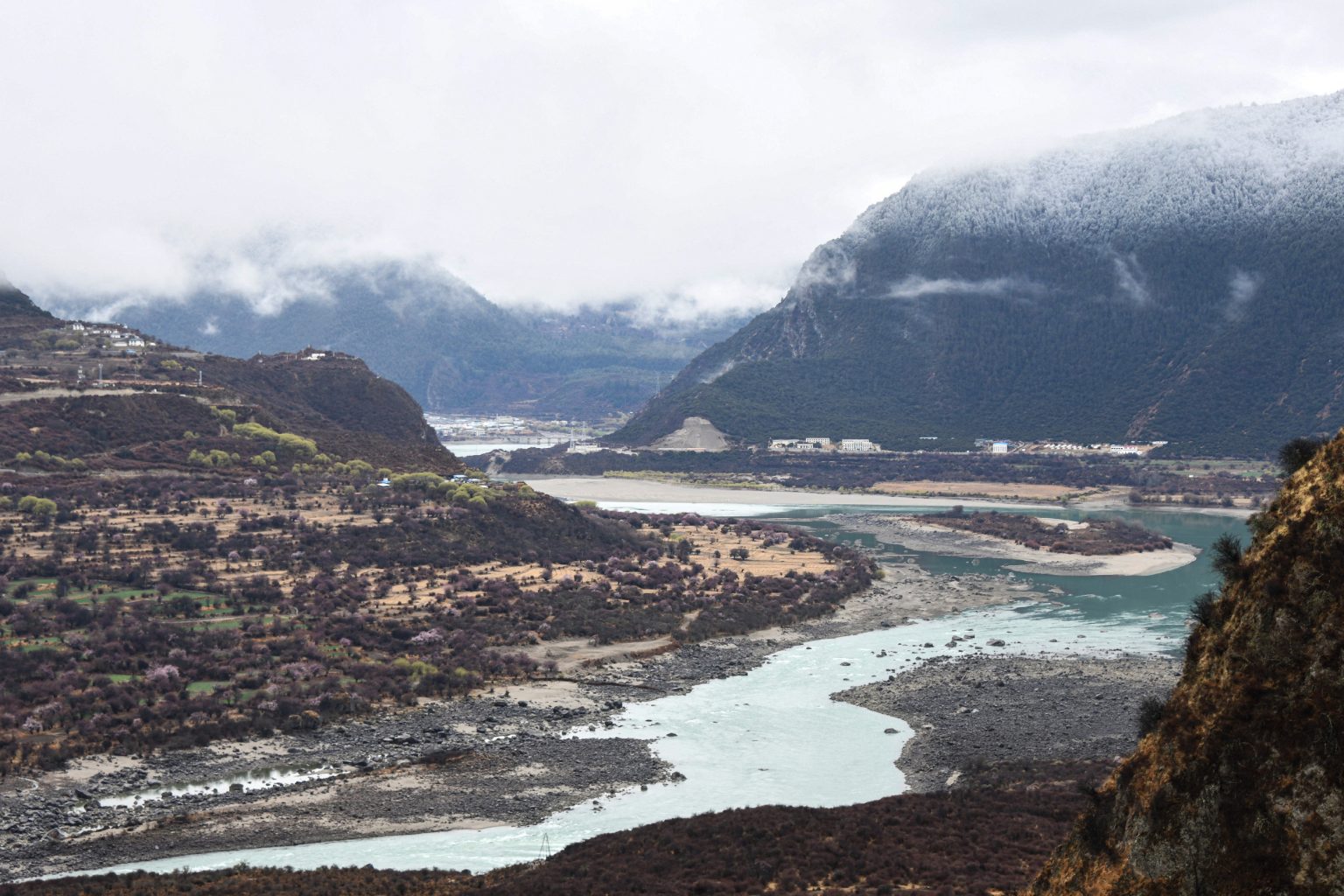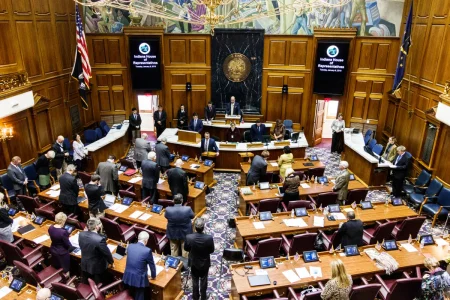China’s Brahmaputra Dam Plan Raises Tensions with India
India has expressed serious concern over China’s ambitious plan to construct the world’s largest hydropower dam on the Brahmaputra River, warning it could drastically reduce water flows into India’s northeastern region. The project has become a flashpoint in the already complex relationship between the two Asian giants, with Indian officials claiming the dam could cut dry-season water supplies by as much as 85 percent. This alarming prospect has prompted India’s External Affairs Minister S. Jaishankar to directly address the issue with Chinese Foreign Minister Wang Yi during recent diplomatic talks. The dam’s location is particularly sensitive as the river flows through Arunachal Pradesh, territory that remains disputed between the two nuclear-armed neighbors, raising fears that China could potentially weaponize its control of this vital water resource in the future.
For China, the Medog Hydropower Station represents a significant step toward President Xi Jinping’s ambitious 2060 carbon-neutrality goal. As the world’s largest greenhouse gas emitter, China views massive hydropower projects as essential to expanding its green energy capacity. In July, Premier Li Qiang proudly announced that construction had officially begun on the mega-dam. When questioned about downstream concerns, China’s Foreign Ministry has maintained that the country “has always maintained a responsible attitude toward the development and utilization of transboundary rivers,” and claims to have established communication channels with India and Bangladesh. However, this reassurance has done little to alleviate the anxieties of its downstream neighbors, who worry about being presented with a fait accompli rather than genuine consultation.
The environmental and humanitarian stakes of this project extend far beyond geopolitical tensions. The Brahmaputra, known as Yarlung Tsangpo in Tibet, sustains millions of lives across three countries. In India and Bangladesh, communities depend on its waters for agriculture, fishing, and daily needs. Any significant alteration to its flow could devastate livelihoods and ecosystems that have adapted to the river’s natural rhythms over centuries. India’s Ministry of External Affairs has emphasized “the need for utmost transparency” regarding China’s dam construction, highlighting that the project “will have implications for lower riparian states.” Bangladesh has similarly voiced concerns about potential disruptions to downstream flows, impacts on fisheries, and complications for flood management – all critical issues for a country already vulnerable to climate change effects.
The Brahmaputra isn’t merely a water source; it’s a lifeline flowing through one of the world’s most biodiverse regions. The river originates in Tibet’s glaciers, winds through the Himalayas’ dramatic gorges, and eventually empties into the Bay of Bengal. Along its journey, it creates unique habitats supporting countless species and provides essential ecosystem services. Environmentalists fear the dam could fundamentally alter this delicate balance. Large hydropower projects are known to disrupt fish migration patterns, change water temperature and sediment flows, and affect floodplain ecosystems. The Brahmaputra’s seasonal flooding cycles, while sometimes destructive, also deposit nutrient-rich silt that naturally fertilizes agricultural lands. If these natural processes are interrupted by the dam’s operation, the ecological consequences could extend far beyond the immediate vicinity of the project.
In response to China’s mega-dam, India isn’t simply voicing objections – it’s taking concrete action. Reports indicate that India is expediting construction of its own Upper Siang Multipurpose Storage Dam, designed specifically to mitigate the effects of China’s upstream project. This counter-development represents a new dimension in the water politics of the region, potentially setting the stage for competing infrastructure projects along the shared river system. Water experts have long warned that unilateral development of transboundary rivers without comprehensive agreements can lead to a dangerous spiral of mistrust and reactive construction. The absence of a water-sharing treaty between China and India – unlike the Indus Waters Treaty that governs river sharing between India and Pakistan – creates a precarious legal vacuum. Without established protocols for communication, data sharing, and dispute resolution regarding the Brahmaputra, tensions could escalate as climate change already threatens to make water resources more unpredictable.
The Brahmaputra dam controversy highlights a fundamental challenge of our time: balancing national development goals with transboundary responsibilities in an era of climate uncertainty. While China’s pursuit of clean energy deserves recognition, the means of achieving this goal raises profound questions about environmental justice and international cooperation. For communities living downstream, abstract discussions of carbon neutrality offer little comfort when their immediate water security appears threatened. As construction proceeds, the world is watching how these two Asian powers navigate this delicate situation. Will they establish meaningful dialogue and perhaps even collaborative management of their shared river resource? Or will water become another dimension of competition in their complex relationship? The Brahmaputra flows on, carrying not just water but the weight of these unanswered questions about how neighboring nations can equitably share resources in our interconnected world.















